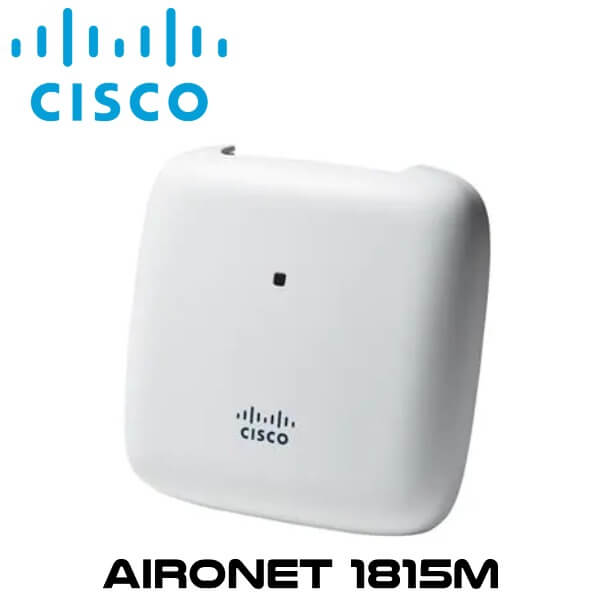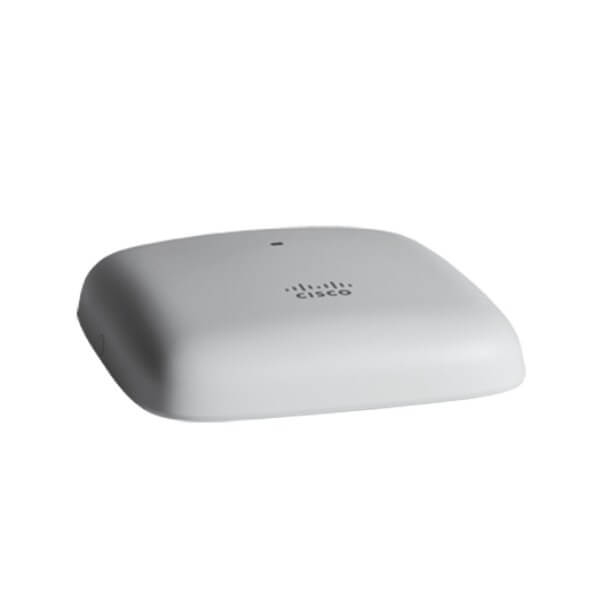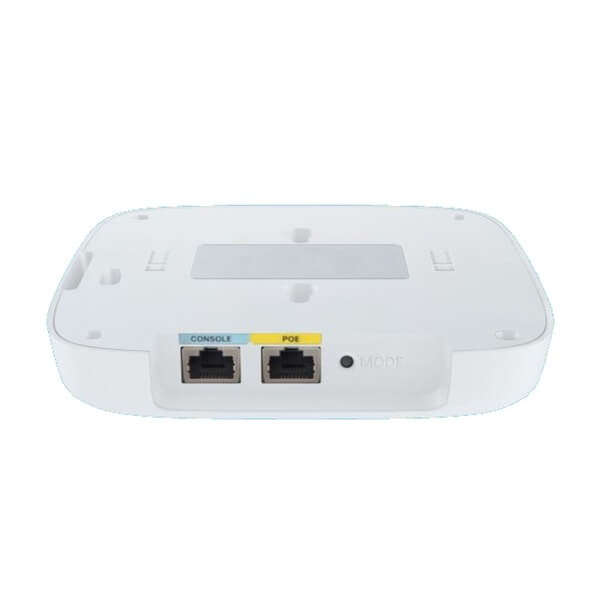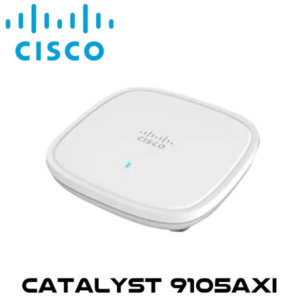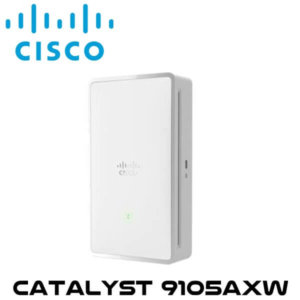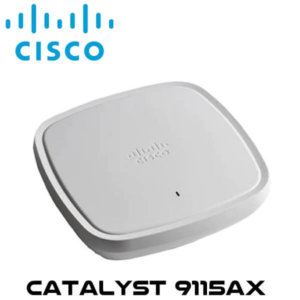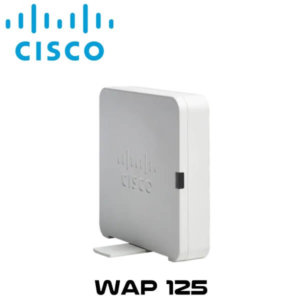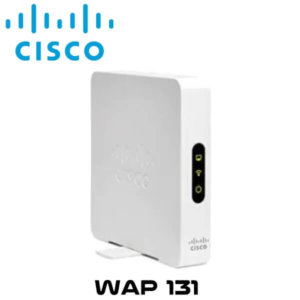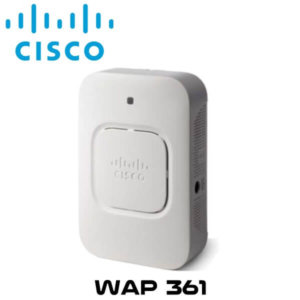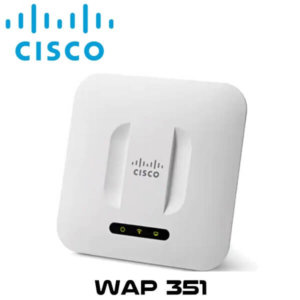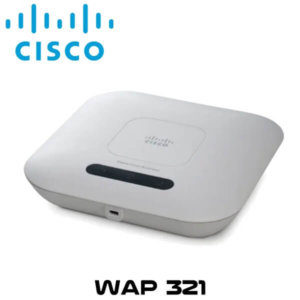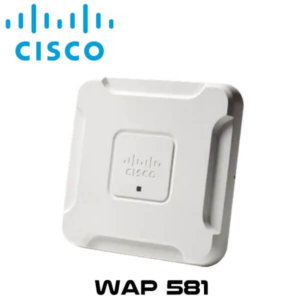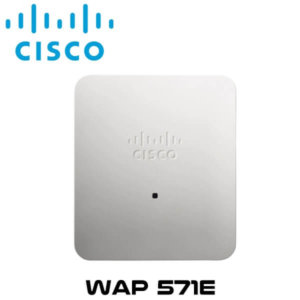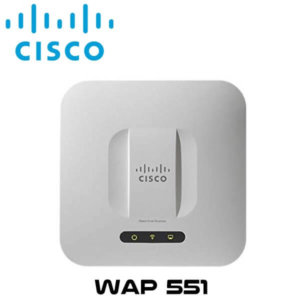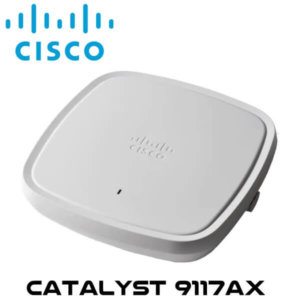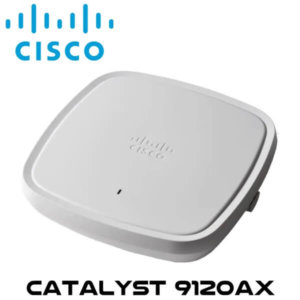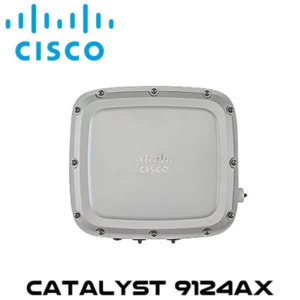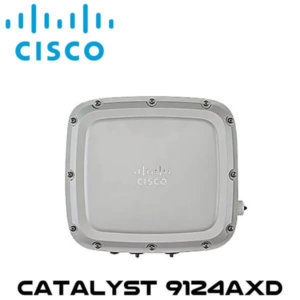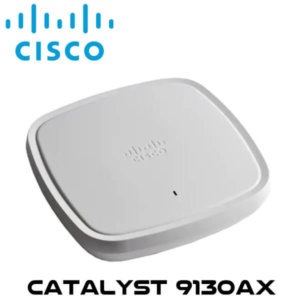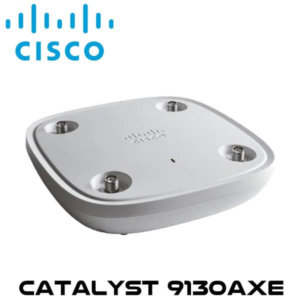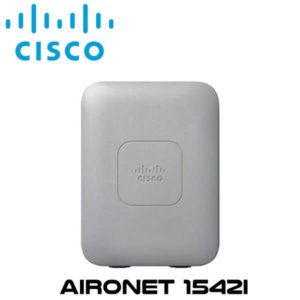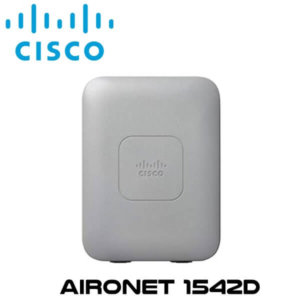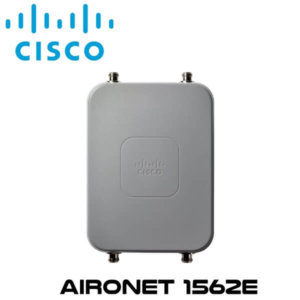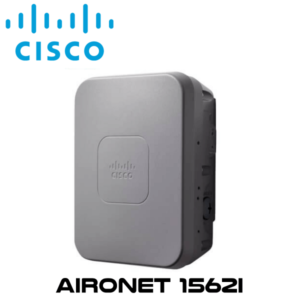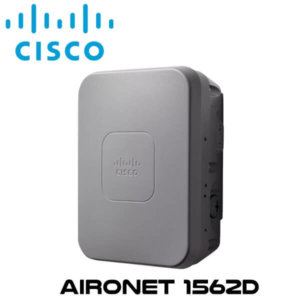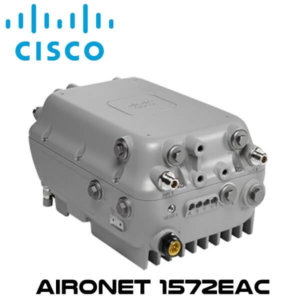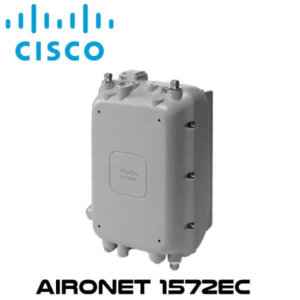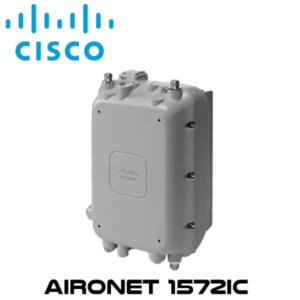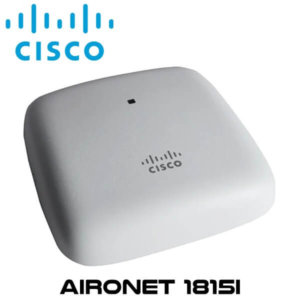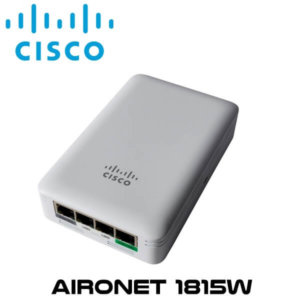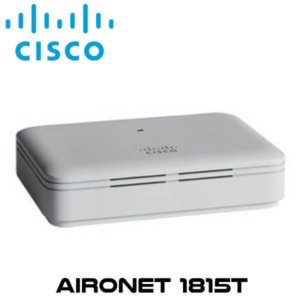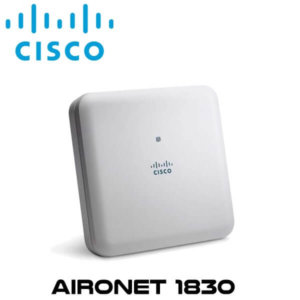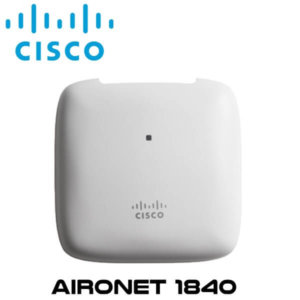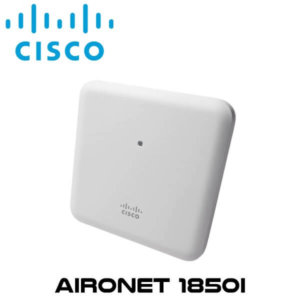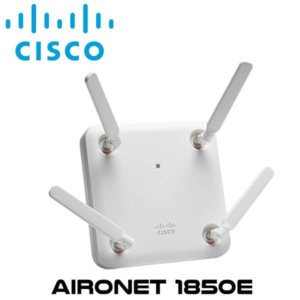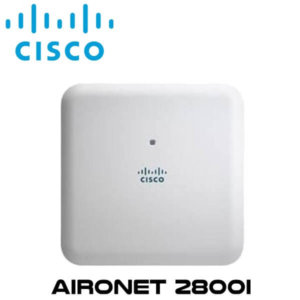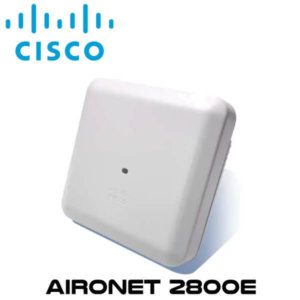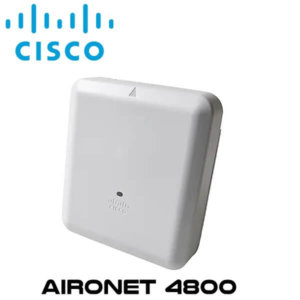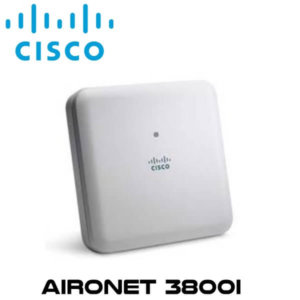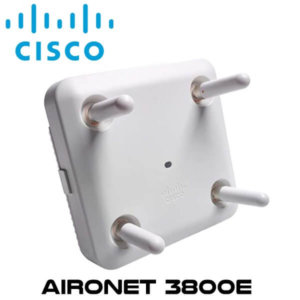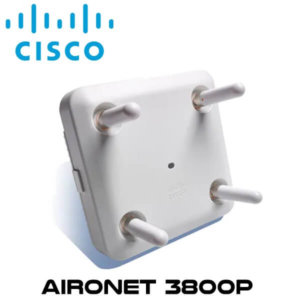Description
Cisco Aironet1815m Access Point Kenya
Cisco Aironet1815m Kenya features 802.11ac Wave 2 standard, providing a data rate of up to 867 Mbps on the 5-GHz radio. This rate exceeds the data rates offered by access points that support the 802.11n standard. It also enables a total aggregate dual-radio data rate of up to 1 Gbps, allowing for the necessary foundation for enterprise and service provider networks to stay ahead of the performance expectations and needs of their wireless users. With more transmit power than the other access points in its family, the Cisco Aironet1815m supports a larger coverage area with fewer access points. In addition, the 1815m delivers industry-leading wireless performance with support for the latest Wi-Fi standard, the IEEE’s new 802.11ac Wave 2 standard. Moreover, this Cisco WiFi Kenya extends support to a new generation of Wi-Fi clients, such as smartphones, tablets, and high-performance laptops that have integrated 802.11ac Wave 1 or Wave 2 support. The Cisco Aironet1815m Kenya delivers industry-leading performance with highly secure and reliable wireless connections, providing a robust mobility end-user experience.
With Cisco Aironet1815m Kenya, you can secure remote workers or the micro-office. Any Cisco Aironet or Catalyst access point can function as an Office Extend Access Point (OEAP). With an OEAP, an employee at home or in a temporary micro-office will have access to the corporate SSID and the corporate network without the need to set up a VPN or have any advanced technical know-how. Cisco User Defined Network, a feature available in Cisco DNA Center, allows IT to give end users control of their very own wireless network partition on a shared network. End users can then remotely and securely deploy their devices on this network. The Wi-Fi 6 readiness dashboard is a new dashboard in the Assurance menu of Cisco DNA Center. It will look through the inventory of all devices on the network and verify device, software, and client compatibility with the new Wi-Fi 6 standard. After upgrading, advanced wireless analytics will indicate performance and capacity gains as a result of the Wi-Fi 6 deployment.
Features
Higher Tx power
With more than 3 dB (twice the transmit power) than the 1815i, the Cisco Aironet1815m Kenya can penetrate walls and doors, making it ideal for deployment in hotels, dorm rooms, or other dense building locations.
MU-MIMO
Featuring Multiuser (MU) Multiple-Input, Multiple-Output (MU-MIMO) Cisco Aironet1815m Kenya, allows simultaneous data transmission of data to multiple 802.11ac Wave 2–capable clients to improve the client experience. Prior to MU-MIMO, 802.11n and 802.11ac Wave 1 access points could transmit data to only one client at a time. This transmission was typically referred to as Single-User MIMO (SU-MIMO)
Cisco Mobility Express Solution
This Cisco WiFi Kenya boasts of flexible deployment mode through the Mobility Express software is ideal for small to medium-sized deployments that require 50 or fewer access points. Easy setup allows deployment of the 1815m on networks without a physical controller
Integrated Bluetooth 4.1
Cisco Aironet1815m Kenya has integrated Bluetooth Low-Energy (BLE) 4.1 radio for location and asset tracking
Increased wireless performance
The Cisco Aironet1815m Access Point supports the latest 802.11ac Wave 2 standard for higher performance, greater access, and higher-density networks. With simultaneous dual radios and dual band with 802.11ac Wave 2 MU-MIMO functions, this access point can handle the increasing number of high-bandwidth devices that will soon become a common part of the network.
Wired access
The Cisco Aironet1815m Kenya allows wired access through a single RJ-45 10/100/1000 autodetection port. It supports full operation modes using Power over Ethernet (PoE) 802.3af power.
Mounting
The Cisco Aironet1815m Kenya features sleek access point with a small form factor designed with flexible mounting options in mind, with support for placement on either ceilings or walls.
Specifications
| Authentication and security |
|
|||||||
| Software |
|
|||||||
| Supported WLAN controllers | Cisco 2500 Series Wireless Controllers, Cisco 3500 Series Wireless Controllers, Cisco Wireless Controller Module for ISR G2, Cisco Wireless Services Module 2 (WiSM2) for Catalyst 6500 Series Switches, Cisco 5500 Series Wireless Controllers, Cisco Flex 7500 Series Wireless Controllers, Cisco 8500 Series Wireless Controllers, Cisco 9800 series Wireless Controllers.
Cisco Mobility Express |
|||||||
| Maximum clients | Maximum number of associated wireless clients : 200 per Wi-Fi radio, in total 400 clients per access point | |||||||
| 802.11ac |
|
|||||||
| Ethernet ports |
|
|||||||
| Bluetooth (future availability) | Integrated Bluetooth 4.1 (including BLE) radio
Maximum transmit power: 4 dBm Antenna gain: 2 dBi |
|||||||
| Data rates supported | 802.11a: 6, 9, 12, 18, 24, 36, 48, 54 Mbps | |||||||
| 802.11b/g: 1, 2, 5.5, 6, 9, 11, 12, 18, 24, 36, 48, 54 Mbps | ||||||||
| 802.11n data rates on 2.4 GHz: | ||||||||
| MCS Index | GI = 800 ns | GI = 400 ns | ||||||
| 20-MHz Rate (Mbps) | 20-MHz Rate (Mbps) | |||||||
| 0 | 6.5 | 7.2 | ||||||
| 1 | 13 | 14.4 | ||||||
| 2 | 19.5 | 21.7 | ||||||
| 3 | 26 | 28.9 | ||||||
| 4 | 39 | 43.3 | ||||||
| 5 | 52 | 57.8 | ||||||
| 6 | 58.5 | 65 | ||||||
| 7 | 65 | 72.2 | ||||||
| 8 | 13 | 14.4 | ||||||
| 9 | 26 | 28.9 | ||||||
| 10 | 39 | 43.3 | ||||||
| 11 | 52 | 57.8 | ||||||
| 12 | 78 | 86.7 | ||||||
| 13 | 104 | 115.6 | ||||||
| 14 | 117 | 130 | ||||||
| 15 | 130 | 144.4 | ||||||
| 802.11ac data rates on 5 GHz: | ||||||||
| MCS Index | Spatial Streams | GI = 800 ns | GI = 400 ns | |||||
| 20-MHz Rate (Mbps) |
40-MHz Rate (Mbps) |
80-MHz Rate (Mbps) |
20-MHz Rate (Mbps) |
40-MHz Rate (Mbps) |
80-MHz Rate (Mbps) |
|||
| 1 | 6.5 | 13.5 | 29.3 | 7.2 | 15 | 32.5 | ||
| 1 | 13 | 27 | 58.5 | 14.4 | 30 | 65 | ||
| 1 | 19.5 | 40.5 | 87.8 | 21.7 | 45 | 97.5 | ||
| 1 | 26 | 54 | 117 | 28.9 | 60 | 130 | ||
| 1 | 39 | 81 | 175.5 | 43.3 | 90 | 195 | ||
| 1 | 52 | 108 | 234 | 57.8 | 120 | 260 | ||
| 1 | 58.5 | 121.5 | 263.3 | 65 | 135 | 292.5 | ||
| 1 | 65 | 135 | 292.5 | 72.2 | 150 | 325 | ||
| 1 | 78 | 162 | 351 | 86.7 | 180 | 390 | ||
| 1 | – | 180 | 390 | – | 200 | 433.3 | ||
| 2 | 13 | 27 | 58.5 | 14.4 | 30 | 65 | ||
| 2 | 26 | 54 | 117 | 28.9 | 60 | 130 | ||
| 2 | 39 | 81 | 175.5 | 43.3 | 90 | 195 | ||
| 2 | 52 | 108 | 234 | 57.8 | 120 | 260 | ||
| 2 | 78 | 162 | 351 | 86.7 | 180 | 390 | ||
| 2 | 104 | 216 | 468 | 115.6 | 240 | 520 | ||
| 2 | 117 | 243 | 526.5 | 130 | 270 | 585 | ||
| 2 | 130 | 270 | 585 | 144.4 | 300 | 650 | ||
| 2 | 156 | 324 | 702 | 173.3 | 360 | 780 | ||
| 2 | – | 360 | 780 | – | 400 | 866.7 | ||
| Maximum number of non-overlapping channels | A (A regulatory domain) :
B (B regulatory domain) :
C (C regulatory domain) :
D (D regulatory domain) :
E (E regulatory domain) :
F (F regulatory domain) :
G (G regulatory domain) :
H (H regulatory domain) :
I (I regulatory domain) :
|
K (K regulatory domain) :
N (N regulatory domain) :
Q (Q regulatory domain) :
R (R regulatory domain) :
S (S regulatory domain) :
T (T regulatory domain) :
Z (Z regulatory domain) :
|
||||||
| Note : This varies by regulatory domain. Refer to the product documentation for specific details for each regulatory domain. | ||||||||
| Available transmit power settings | 2.4 GHz
|
5 GHz
|
||||||
| Note : The maximum power setting will vary by channel and according to individual country regulations. Refer to the product documentation for specific details. | ||||||||
| Integrated antennas |
|
|||||||
| Interfaces |
|
|||||||
| Indicators | Status LED indicates boot loader status, association status, operating status, boot loader warnings, boot loader errors | |||||||
| Dimensions (W x L x H) | Access point (without mounting bracket) : 6 x 6 x 1.3 in (150.8 x 150.8 x 33 mm) | |||||||
| Weight | Access point without mounting bracket or any other accessories: 14 oz (400 g) | |||||||
| Environmental |
|
|||||||
| System |
|
|||||||
| Input power requirements | Power injector: AIR-PWRINJ5= or AIR-PWRINJ6= | |||||||
| Powering options | 802.3af/at Ethernet switch
Optional Cisco power injectors (AIR-PWRINJ5=, AIR-PWRINJ6=) |
|||||||
| Power draw | 8.3W (maximum, on PoE) | |||||||
| Physical security | Torx security screw, included with the access point | |||||||
| Mounting | Included with the access point: mounting bracket AIR-AP-BRACKET8 | |||||||
| Accessories | Mounting bracket : AIR-AP-BRACKET8= (available as spare)
Physical security kit : AIR-SEC-50= (sold separately), with 50 pcs. Security screws used to secure access point onto wall-mounting bracket, 50 pcs. RJ-45 caps and 2 pcs. unlock keys used to block physical access to Ethernet ports |
|||||||
| Warranty | Limited Lifetime Hardware Warranty | |||||||
| Compliance | Safety
Security
Multimedia Wi-Fi Multimedia (WMM) Other
|
|||||||


